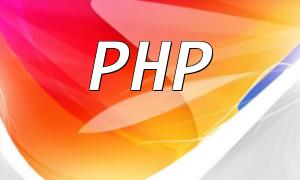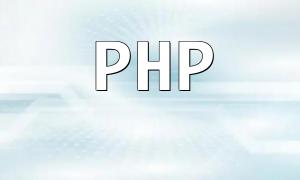PHP can function both as a back-end language and in close collaboration with front-end technologies. In front-end development, PHP is primarily used to generate dynamic webpage content, while in back-end development, it handles server-side logic and data operations. Whether for front-end or back-end development, PHP demonstrates great flexibility and widespread applications.
Although PHP and front-end technologies are different, their collaboration is essential in web development. Below are some key ways in which PHP and front-end work together:
PHP is widely used for server-side programming, responsible for database interactions and business logic processing. Front-end pages often need to fetch data from the server, and PHP processes client requests, retrieves data from the database, and sends it back to the front-end in the appropriate format.
PHP can dynamically generate HTML, CSS, and JavaScript content based on client-side requests, embedding dynamic data into the page to create rich, interactive webpages.
Some PHP frameworks, such as Laravel and Symfony, offer powerful template engines that allow developers to separate PHP code from HTML code. This separation improves code maintainability and readability.
PHP can also be used to develop RESTful APIs for front-end pages or mobile applications to call. Through PHP-written APIs, the front-end can exchange data with the server, enabling real-time data transfer and updates.
In web pages, JavaScript is often used for interactive effects and user input validation. PHP can work alongside JavaScript to handle tasks such as form submission and data validation, ensuring data validity and security.
In summary, PHP and front-end development are closely connected, and their collaboration allows for the creation of feature-rich, interactive web applications. By working together, developers can efficiently create dynamic webpages and support real-time data interactions, enhancing the user experience.








